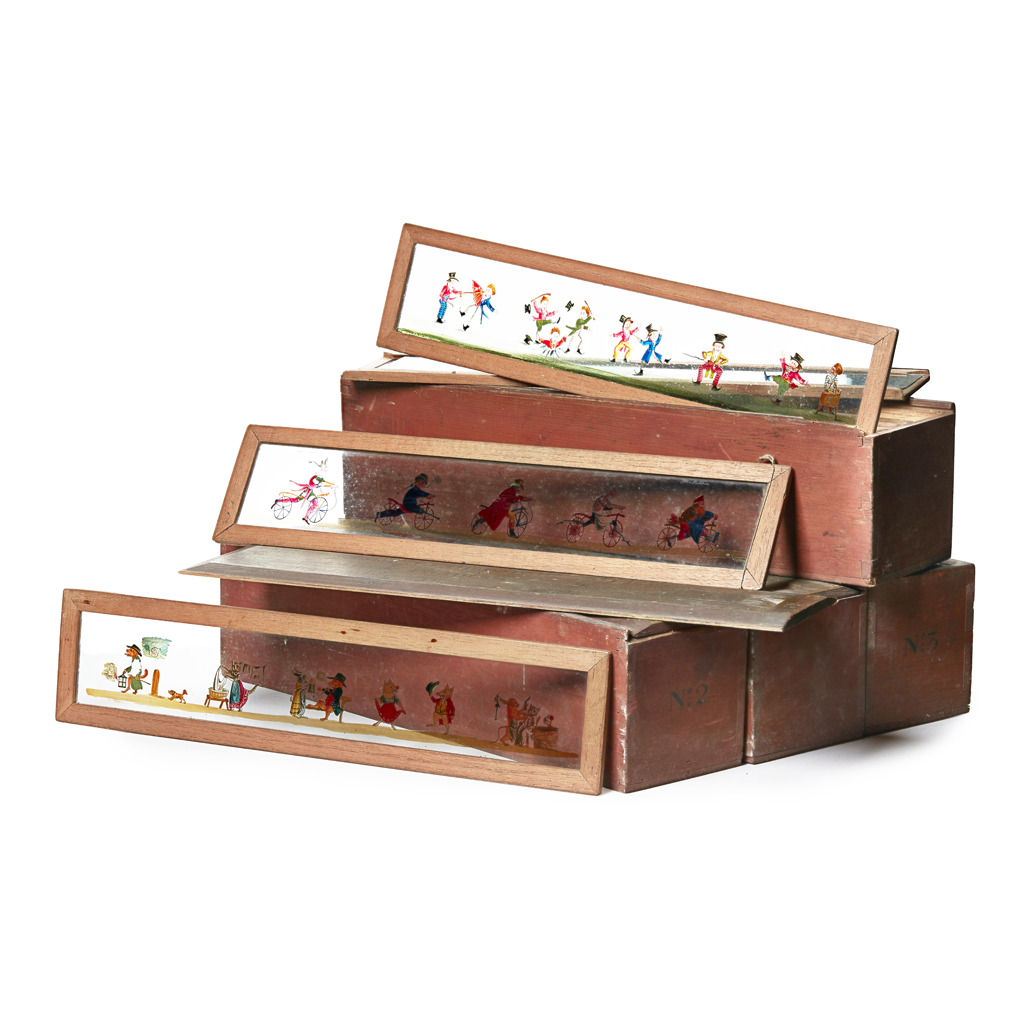
COLLECTION OF MAGIC LANTERN SLIDES
LATE 19TH AND 20TH CENTURY
£380
Fine Furniture and Works of Art | 512
Auction: 31 January 2018 at 10:00 GMT
Description
comprising four labelled boxes of long/panorama slides, a further small box of slides and various loose slides, including botanical sliders, historical scenes and figures (qty)
Footnote
Select Contents of a Scottish Country House
